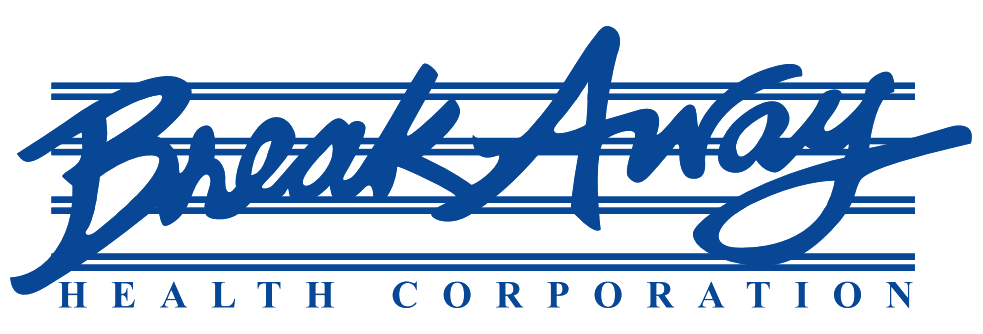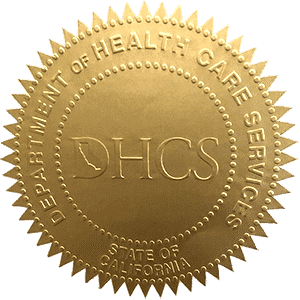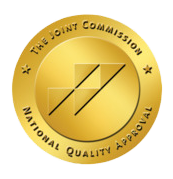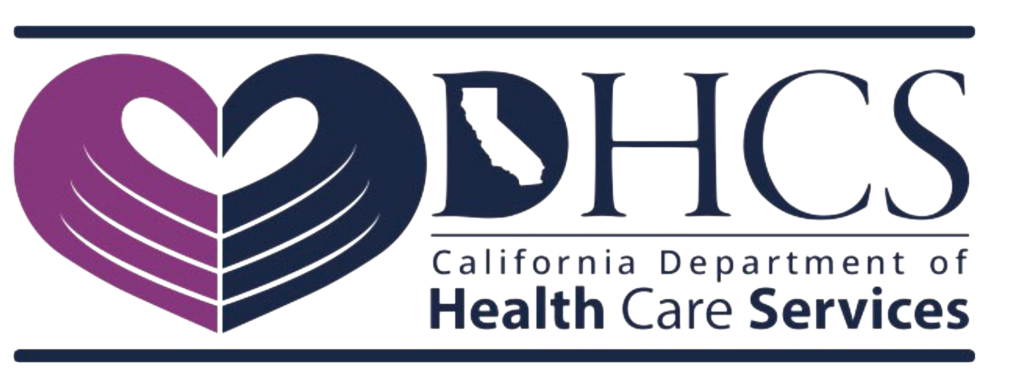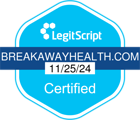Initial Opioid Dose
Every day, individuals all over the U.S. are touched by the rising opioid crisis. Either in prescription pain pills or on the streets, opioid addiction has grown to be a legitimate health issue that reaches into families, communities, and lives. The majority of those addicted to opioids never dreamed of doing so because the first dose was more than likely given by a doctor to relieve pain either from major surgery or trauma. A common painkiller after surgery or a physical injury can ultimately become a source of addiction. The body becomes accustomed to higher doses of the medication over time in order to feel the same effect. In this manner, the vicious cycle is initiated and symptoms become apparent. Recognizing the signs of opioid use as soon as they present themselves can actually rescue a person from life-threatening health effects or rescue their life. At Breakaway Health in Costa Mesa, we help those who are ready to break free from opioid addiction.
What Are Opioids Used For?
Opioids are a class of drugs commonly prescribed for pain relief. Doctors often use them to help patients manage acute pain after surgery, injury, or chronic conditions. These drugs work by binding to receptors in the brain and spinal cord, reducing pain signals.
Some commonly prescribed opioid drugs include:
- Oxycodone (OxyContin, Percocet)
- Hydrocodone (Vicodin)
- Morphine
- Codeine
- Fentanyl
There are also illegal opioids, such as heroin, which people may turn to when they can no longer access prescription medications either due to tighter regulations, lack of insurance, or doctors refusing to refill prescriptions. This shift is especially dangerous because street opioids are often mixed with highly potent substances like fentanyl, drastically increasing the risk of overdose.
While opioids can be effective for short-term pain management, the risks become significant when they are misused or used beyond their prescribed purpose. These substances can hijack the brain’s reward system, producing a sense of euphoria that makes users crave repeated use, quickly leading to physical and psychological dependence.
What Are Symptoms of Opioid Abuse?
Recognizing opioid abuse symptoms early can make a huge difference. Here are common physical, behavioral, and psychological signs to watch for:
Physical Signs
- Swollen, bloodshot pupils
- Slurred speech
- Itching or scratching
- Drowsiness or extreme fatigue
- Slowed breathing
Behavioral Changes
- Changes in sleep habits
- Doctor shopping for multiple prescriptions
- Isolation from friends and family
- Sudden financial troubles or stealing money
Psychological Symptoms
- Mood swings
- Anxiety or paranoia
- Depression
- Poor concentration
Not all symptoms appear at once, and they can vary depending on the person, the drug used, and how long the abuse has been going on. Some people may only show a few subtle signs at first, like being more tired than usual or having sudden mood swings. Others may show more obvious signs like nodding off during conversations, hiding pill bottles, or neglecting responsibilities at work or home. Over time, as opioid abuse continues and addiction grows, these symptoms often intensify. Changes in appearance, secretive behavior, and noticeable shifts in personality may become more apparent. If you’re wondering, “What are symptoms of opioid abuse?”—it’s important to pay attention to any combination of these behaviors, especially if they develop quickly or without clear explanation.
Is Opioid Abuse Dangerous?
Yes, opioid abuse is extremely dangerous. In fact, it’s one of the leading causes of drug-related deaths in the U.S.
Some of the most severe risks include:
- Overdose, which can slow or stop breathing
- Brain damage due to lack of oxygen
- Heart failure
- High risk of using contaminated drugs like street fentanyl
- Death
Because opioids are highly addictive, even short-term misuse can lead to dependence. What starts as a way to manage pain can spiral into a serious condition where the brain and body crave the drug in order to function normally. As drug dependence sets in, it becomes increasingly difficult for individuals to quit without professional help.
Emergency room visits due to opioid overdoses have skyrocketed in the past decade, overwhelming healthcare systems and bringing heartbreak to countless households. With the rise of synthetic opioids like fentanyl, which are far more potent and deadly even in small amounts, the risk of overdose or death is now higher than ever. These substances are often mixed into street drugs without the user’s knowledge, making every use potentially fatal.
What Drugs Are Opioids?
You may be surprised to learn that many common medications fall under the opioid category. Here’s a breakdown:
Prescription Opioids:
- Oxycodone
- Hydrocodone
- Morphine
- Codeine
- Fentanyl (can be legal or illicit)
Illicit Opioids:
- Heroin
- Street fentanyl
Sometimes people transition from legal opioids to illegal ones when their prescription ends, becomes too expensive, or their access is cut off due to regulatory restrictions or medical concerns. This often happens when the physical and psychological dependence on the drug is so strong that the individual feels unable to function without it.
Feeling desperate, they may seek out alternatives like heroin or illicit fentanyl, which are often cheaper and easier to obtain but come with far more serious risks. These street drugs are frequently laced with other potent substances, and users often don’t know exactly what they’re taking. This unpredictability drastically increases the chances of overdose, severe health issues, or even death. The transition to illegal opioids also tends to push individuals further into isolation and deeper into their addiction, making professional intervention even more essential.
Are Opioid Drugs Addictive?
Absolutely. Opioid drugs are among the most addictive substances available today, and their danger lies in how quickly and subtly they can take hold of a person’s life.
These drugs work by activating the brain’s pleasure and reward centers, releasing a flood of dopamine that creates a powerful sense of euphoria and relief. This pleasurable sensation can quickly become something the brain craves, encouraging repeated use. As the body adapts to the drug, a person must take more to achieve the same effect which is a process known as building tolerance. Eventually, the brain becomes dependent on opioids to regulate mood and basic functioning, which can lead to intense withdrawal symptoms if use is reduced or stopped. These withdrawal effects, such as nausea, muscle pain, anxiety, and insomnia, make quitting incredibly difficult and unsafe without medical help.
What’s even more troubling is that even those who use opioids exactly as prescribed and do not abuse them, can still develop a dependency. That’s why it’s so important to approach these medications with extreme caution, maintain regular medical supervision, and know the warning signs of addiction before it becomes unmanageable.
Don’t Wait, Get Help Today
Opioid abuse is dangerous, fast-acting, and often hidden until it becomes critical. But the earlier you recognize the symptoms, the better the chance for recovery.
Whether opioid abuse began with a prescription or through recreational use, the most important step is reaching out. The longer addiction continues, the more difficult it becomes to stop but recovery is always possible with the right support.
At Breakaway Health in Costa Mesa, we specialize in helping people break free from drug addiction and abuse. Our licensed professionals use proven approaches to help individuals stabilize, recover, and move forward.
Call Breakaway Health Today to take the first step toward a healthier life.
Frequently Asked Questions (FAQs)
1. What is opioid abuse?
Opioid abuse refers to the misuse of prescription or illegal opioids, often by taking higher doses or using them without a prescription.
2. Are opioid drugs addictive?
Yes, opioid drugs are highly addictive and can lead to physical and psychological dependence very quickly.
3. What are opioids used for?
Opioids are primarily used for pain relief, especially after surgeries or injuries. However, they should only be used under medical supervision.
4. Is opioid abuse dangerous?
Yes, opioid abuse can lead to overdose, brain damage, and death. It poses a serious risk to health and well-being.
5. What are symptoms of opioid abuse?
Common symptoms include drowsiness, small pupils, mood swings, isolation, and drug-seeking behavior like doctor shopping.
